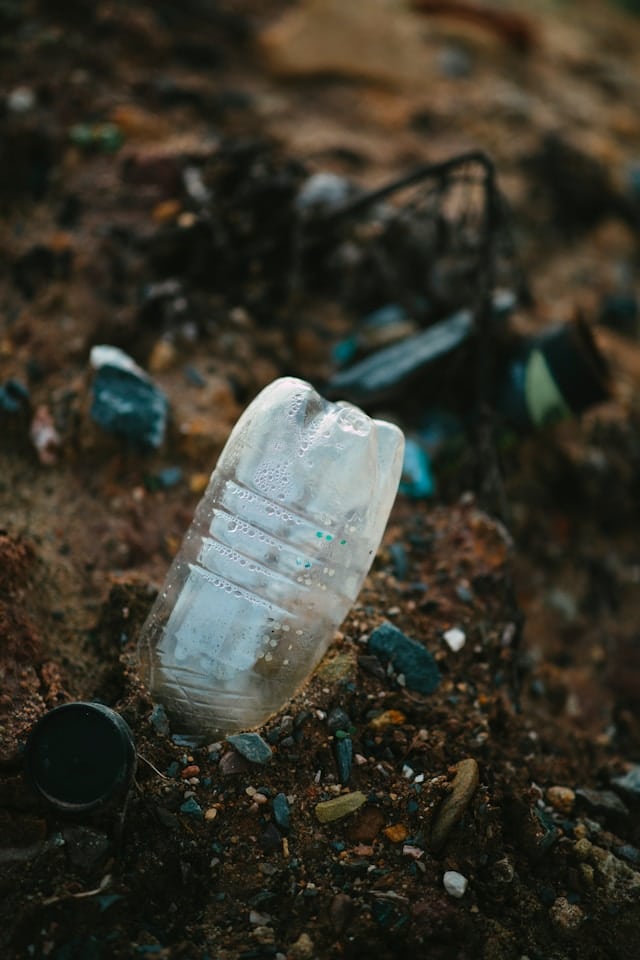What Are the Latest Techniques in Microplastic Removal from UK’s Coastal Waters?

The issue of microplastics, tiny plastic particles less than 5mm in size, has become a global concern. As you walk along the United Kingdom’s beautiful coastlines, you might not be aware of the invisible pollutants lurking in the waters – the microplastics. Originating from a range of sources, including broken-down plastic waste, industrial runoff, and even clothes and personal care products, these plastic particles have been identified as a serious environmental issue.
This article explores the emerging techniques used to tackle the microplastic menace in the UK’s coastal waters. From innovative wastewater treatment processes to the application of density separation and spectroscopy, we will delve into the latest advances that offer the promise of a cleaner, healthier marine ecosystem.
Sujet a lire : The ultimate guide to finding perfect mystery boxes
Role of Wastewater Treatment in Microplastic Removal
As we stand at the forefront of the battle against microplastic pollution, it’s crucial to understand the role of wastewater treatment in this context. Wastewater treatment plants are often the last line of defense against these particles, capturing them before they’re released into water bodies. However, traditional treatment methods are not always efficient in removing microplastics, calling for enhanced methods and technologies.
Recent advancements in this realm, such as the use of advanced biofilms and membrane bioreactors, show promising results. Biofilms, in particular, allow the adherence of microplastics to their surface, facilitating their removal during the sedimentation process. Membrane bioreactors, on the other hand, use ultrafiltration technology to weed out tiny microplastic particles from the wastewater.
A lire également : CS2 inventory value calculator: easily value your skins
Density Separation for Microplastic Extraction
In addition to the improvements in wastewater treatment, density separation shows significant potential in microplastics removal. The principle behind this process is rather straightforward: by using a solution with a higher density than microplastics, the plastic particles will float, making them easier to extract.
A notable example is the use of sodium chloride (NaCl) solutions. Crossref and Google Scholar provide multiple studies showcasing the success of NaCl solutions in extracting various types of microplastics, including polyethylene, from water samples. Moreover, the process allows the extraction of smaller microplastics that other methods might overlook.
Spectroscopy: A Powerful Tool for Microplastic Detection and Identification
Spectroscopy techniques have emerged as potent weapons in the fight against microplastic pollution. These techniques, such as Fourier Transform Infrared (FTIR) and Raman spectroscopy, are used to detect and identify microplastic particles in water samples.
FTIR spectroscopy, for instance, can provide a chemical ‘fingerprint’ of the sample, allowing researchers to determine the type of plastic present. Similarly, Raman spectroscopy, which relies on the scattering of light to investigate the molecular composition of a sample, can be used for microplastic identification.
The use of spectroscopy techniques not only contributes to the removal of microplastics but also enhances our understanding of their impact on marine ecosystems. It provides data on the composition and concentration of microplastics, aiding in the formulation of effective removal strategies.
Adsorption: A Promising Technique for Microplastic Removal
Adsorption, a process where molecules or particles adhere to a surface, has been seen as a promising technique for microplastic removal. Recent studies have explored the potential of various adsorbents, such as activated carbon and biochar, in capturing microplastics.
Activated carbon, in particular, has shown significant potential due to its high adsorption capacity and availability. The process involves using activated carbon in filters to trap microplastic particles, preventing them from entering water bodies. This approach is potentially applicable in both wastewater treatment plants and storm water runoff systems, offering a feasible solution for large-scale microplastic removal.
Role of Technology and Innovation in Microplastic Removal
In the era of technology and innovation, there’s no shortage of creative solutions to combat microplastic pollution. From filtering machines that sieve out microplastics from beach sand to autonomous drones that collect waste from the water surface, technology plays a pivotal role in the microplastic removal process.
Innovations like the ‘Seabin’ have emerged as potential game-changers. This floating debris removal system is designed to be installed in the water of marinas, ports, yacht clubs, and any water body with a calm environment. It functions by moving up and down with the range of the tide collecting all floating rubbish, capturing microplastics up to 2mm in size.
While these technologies provide innovative ways to tackle the microplastic problem, they also underline the importance of continued research and development in this area. New and effective solutions are required to meet the sheer scale of the microplastic pollution problem and safeguard our marine environments for future generations.
The Application of Activated Sludge in Microplastic Removal
One of the most effective methods in removing microplastics from wastewater involves the use of activated sludge. Activated sludge is a term used to describe a mixture of microorganisms that breaks down organic matter in wastewater. The sludge is activated when it’s aerated, allowing the microorganisms to multiply and consume the organic matter.
In the context of microplastic removal, activated sludge can serve a dual purpose. Alongside the breakdown of organic matter, the process can also allow the microorganisms to interact with the plastic particles. This interaction can lead to the adsorption of microplastics onto the activated sludge.
Recent studies available on platforms such as Crossref and Google Scholar demonstrate the potential of this method. The activated sludge process demonstrated a high removal efficiency rate for microplastics, regardless of their shape or size.
However, despite this technique’s potential, it’s crucial to note that the subsequent disposal of the activated sludge requires careful consideration. If not handled correctly, the microplastics adsorbed onto the sludge could still end up in the environment. Therefore, further research and innovation are required to enhance this method and establish safer disposal practices.
Citizen Science: Harnessing the Power of the Public for Microplastic Removal
Another growing trend in the fight against microplastic pollution is the involvement of the general public through citizen science projects. These projects empower individuals to contribute to scientific research, providing valuable data and manpower in the quest for cleaner waters.
The role of citizen science initiatives is particularly significant in the context of beach clean-ups. Organized by various environmental groups, these initiatives encourage volunteers to collect and sort waste, including microplastics, from the beaches. Not only does this contribute directly to microplastic removal, but it also raises awareness about the scale of the pollution problem.
Moreover, some citizen science projects, such as the Big Microplastic Survey, also involve data collection and analysis. Participants are encouraged to document their findings and submit them to a central database. This adds valuable information to the existing pool of knowledge about microplastic distribution and concentration.
Despite the potential of citizen science, it’s crucial to remember that this approach can’t replace the need for advances in technology and policy making. However, it undeniably plays an essential role in the broader efforts to tackle microplastic pollution.
Conclusion
In conclusion, the scope of techniques to remove microplastics from the UK’s coastal waters is expanding. From improvements in wastewater treatment processes, including the use of activated sludge and advanced biofilms to citizen science initiatives, we are witnessing significant strides towards a cleaner marine ecosystem.
Yet, despite these advances, the challenge of microplastic pollution remains daunting. It requires constant vigilance, continuous research and development, and a multi-pronged approach that involves government, industry, researchers, and the public.
While the techniques discussed in this article show promise, it will take a concerted global effort to truly rid our waters of microplastics. Nevertheless, the progress made thus far offers hope that we are moving in the right direction. The fight against microplastic pollution is a long one, but with persistent efforts and innovative solutions, we can safeguard our marine environments for future generations.
